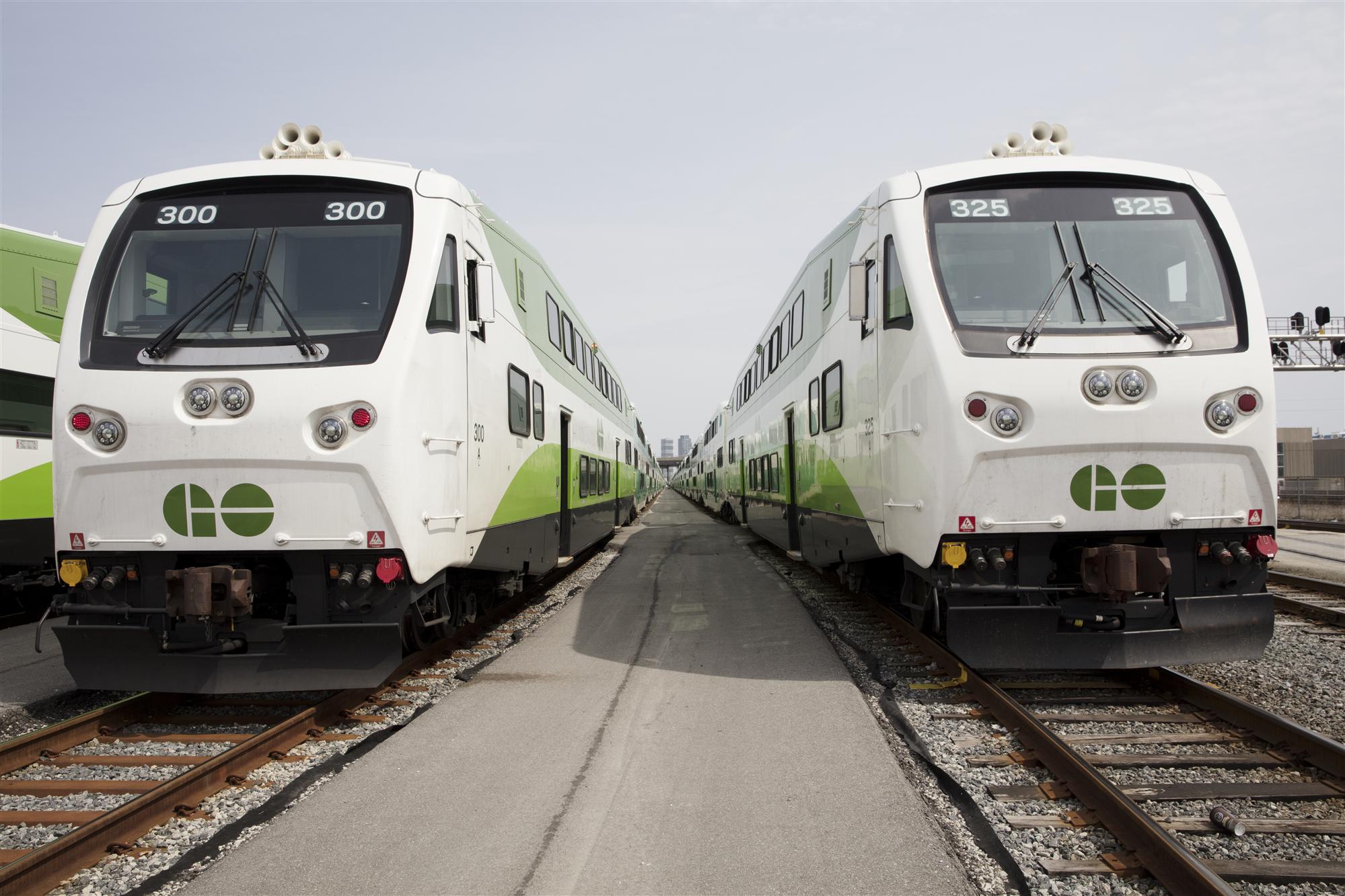T3G
Senior Member
I think making automated trains to avoid conflict between employees and employers is not a very elegant solution, nor would it benefit the employees, just the employer.Is there no way to make automated trains.
I think making automated trains to avoid conflict between employees and employers is not a very elegant solution, nor would it benefit the employees, just the employer.Is there no way to make automated trains.
We aren’t talking about a minor service upgrade though. We’re talking a substantial overhaul. And at some point we’re going to have this conversation anyways. Why not have it before we hire a bunch of new people which won’t take kindly to being replaced by robots.I think making automated trains to avoid conflict between employees and employers is not a very elegant solution, nor would it benefit the employees, just the employer.
I think making automated trains to avoid conflict between employees and employers is not a very elegant solution, nor would it benefit the employees, just the employer.
Is it even possible for the GO network to switch to ETCS signalling system?That's not the question. The question is 'can we go from 2 locomotive engineers per train to 1'. And the answer is yes, if we implement a signalling system with automatic train protection, such as ETCS.
Most high-speed trains are automated (they use Automatic Train Operation), but they still have 1 human operator.
GO is implementing ETCS. However, ETCS has levels - simply “implementing ETCS” does not mean full automation is part of all such implementations, especially in a system like GO’s where it doesn’t own all the trackage it operates on.Is it even possible for the GO network to switch to ETCS signalling system?
I'm assuming the fact that GO shares track with freight would make the switch difficult. Unless freight can work off of ETCS as well.

So essentially GO trains will be operating under two different signalling systems? How's that going to play out for condictors/ engineers? Are there any other networks that operate with two different signal systems?I suspect we're heading for the following:
- All Metrolinx locos will be ETCS equipped
- CN will equip some locos with ETCS so they are permitted to operate on Metrolinx owned track - others have indicated that there are still a small number such service
- When Metrolinx locos operate over CN or CPKC track they'll continue to operate on their operating rules
- It may not be worth installing ETCS on the Metrolinx-owned Guelph subdivision because all GO services must cross CN territory to gain access so will be staffed for non-ETCS operation
Yes, it is extremely common for trains to operate through territory with different signalling systems. Even in North America there are numerous different systems in different regions so longer-distance companies such as CN operate through several different systems.So essentially GO trains will be operating under two different signalling systems? How's that going to play out for condictors/ engineers? Are there any other networks that operate with two different signal systems?
We can be confident that as signalling is upgraded, as the Onexpress pan seems to imply, some form of ETCS will be roughed in or included. That plan is likely more years in the making than ML's staffing increase implies - so while it may eventually lead to one person in the cab, that is not likely to happen soon enough for the increases in train frequency that are said to be in the works.
This is an example of how the subcontracting model destroys line of sight for accountability. ML and its operator can bounce the questions about staffing back and forth indefinitely. What would be helpful would be for ML to provide details of its staffing plan. We won't see more trains than people, and we shouldn't see workaround solutions to staff ability (such as the alleged vacation manipulation). Statements by the PR department don't cut it - let's see the data.
- Paul
The reason the full service plan and the full details haven't been released is because they haven't fully completed the 2 year development agreement. It has been 2 full years but give it some more time. It will be released at some point

From that article, there's another part making up the development phase. What else are they deciding on? Though it is interesting that that was signed half a year early.This is an important milestone for OnCorr, the second and largest piece of the GO Expansion program, as one of two proposals making up the development phase.




